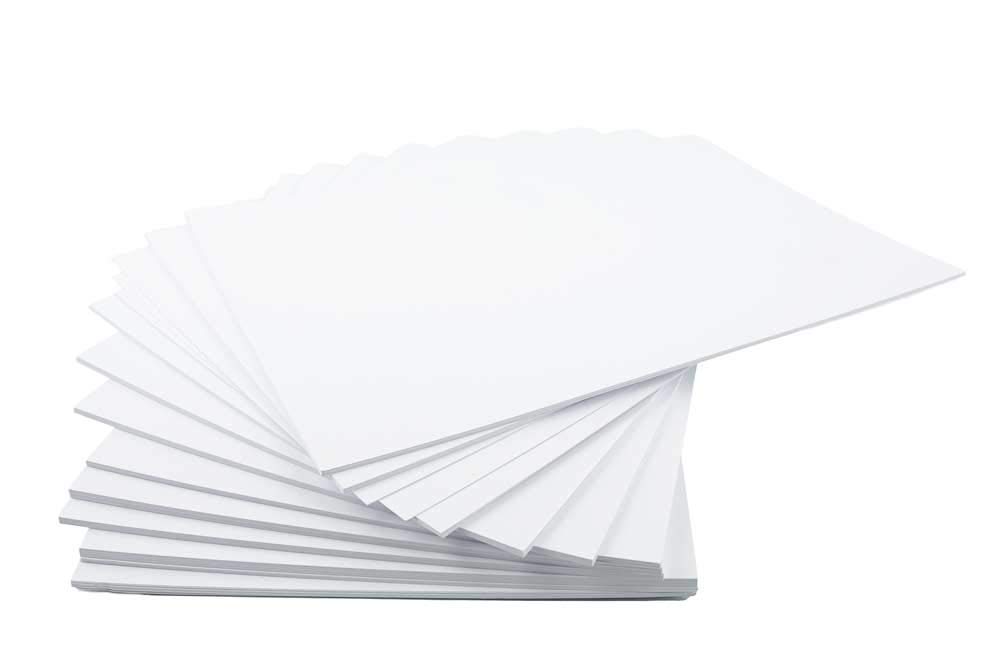In today's fast-paced world, food packaging plays a crucial role in preserving the quality and safety of our food. However, not all food packaging is created equal. Some packaging materials can pose potential health risks due to the presence of harmful chemicals or environmental concerns. In this article, we will delve into the depths of food packaging and explore what types to avoid for a healthier and more sustainable lifestyle.
- Plastic Packaging:
Plastic packaging, especially those made from low-density polyethylene (LDPE), polyvinyl chloride (PVC), and polystyrene (PS), should be avoided whenever possible. These materials can leach harmful chemicals into the food, especially when exposed to heat or acidic conditions. Bisphenol A (BPA) and phthalates are common culprits found in plastic packaging, known to disrupt hormonal balance and potentially lead to various health issues. - Styrofoam Containers:
Styrofoam, also known as expanded polystyrene (EPS), is widely used in the food industry due to its insulating properties. However, it is important to steer clear of this packaging material. Styrofoam is non-biodegradable and can release toxic substances when heated, posing a threat to both human health and the environment. Opt for eco-friendly alternatives such as paper-based containers or reusable options like stainless steel or glass. - Aluminum Cans:
While aluminum cans are convenient for storing beverages and food items, they may not be the best choice for long-term consumption. The inner lining of aluminum cans often contains a resin that contains bisphenol A (BPA). Similar to plastic packaging, BPA can leach into the food or beverage, potentially causing hormonal imbalances and other health concerns. Whenever possible, opt for fresh or frozen food options or choose products packaged in glass jars. - Non-Recyclable Packaging:
In our quest for convenience, we often overlook the environmental impact of non-recyclable packaging materials. Single-use plastics, such as plastic bags, straws, and disposable cutlery, contribute to the growing plastic pollution crisis. These items take hundreds of years to decompose and harm marine life. To reduce your ecological footprint, choose products with minimal or recyclable packaging, and consider reusable alternatives like cloth bags and stainless steel straws. - Chemical-Laden Food Wrappers:
Food wrappers, such as microwave popcorn bags and fast-food wrappers, often contain perfluorinated compounds (PFCs). These chemicals are used to make the packaging grease-resistant but have been linked to various health issues, including reproductive problems and cancer. Opt for homemade popcorn or choose brands that use PFC-free packaging. When dining out, consider removing the food from the wrapper before consuming.
Conclusion:
Being mindful of the food packaging we encounter daily is essential for maintaining a healthy lifestyle and reducing our impact on the environment. By avoiding plastic packaging, styrofoam containers, aluminum cans, non-recyclable materials, and chemical-laden food wrappers, we can make more informed choices that prioritize our well-being and sustainability. Remember, small changes in our purchasing decisions can lead to significant positive impacts on both personal health and the planet we call home.


